The smartphone industry has come a long way over the past two decades. From the ever-changing Samsung Galaxy phones, ‘innovating’ iPhones, all the way up to foldable phones, there have been quite a few ups and downs when it comes to the stability of the smartphone market.
Moreover, the smartphone market in 2021 is quite confusing. There are a bazillion smartphone models in the market, but many aren’t good enough. The quality to price ratio has lessened over the past few years. Likewise, we’ll discuss the changes in smartphone trends.
Rise of the Smartphones

Since the 1990s, there has been consistent evolution in smartphone technology trends globally. We have come a long way from phones that were practically electronic bricks; foldable smartphones are a reality. Foldable tech is getting better every year and soon enough all brands will roll out foldable smartphones. Moreover, owning a smartphone is a necessity now rather than a luxury.
Almost every business requires communication, and what better tool can exist? The list of use-cases of a phone can fill several pages, but I’m not here to do that. In my opinion, everyone needs a smartphone irrespective of what they do. Be it education, work, or leisure, neither can thrive without one.
The golden era for smartphones
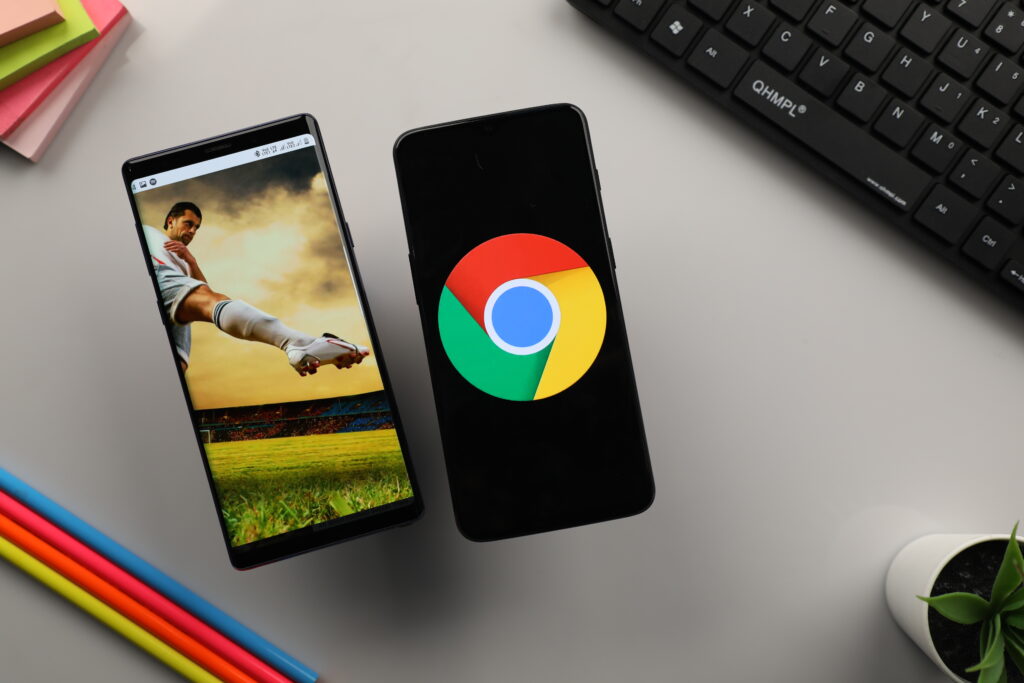
In the pre-pandemic era, i.e., a few years backdating 2020, the smartphone market was at its peak. OEMs used to launch phones that offered the correct value for the money. In the same vein, the prices for phones weren’t absurd, and brands didn’t face much adverse criticism, unlike now.
Brands like OnePlus and Motorola were off to a great start with their initial phone launches; they peaked and eventually fell. Motorola’s Moto G and Moto X lineup were some of the best phone series in the budget and mid-range segment. However, Motorola’s fate was doomed when Lenovo acquired the company. Since then, the Moto name has faded.
Coming to OnePlus, the BBK-owned company made a relatively late entry into the market but didn’t fail to shake it. The OnePlus One, its first smartphone, offered something unreal. Excellent build quality, reliable hardware, and a stock Android experience. Not many brands provided everything in a single package.
OnePlus was off to a great start, and everyone knew it. Following that, the company consistently released flagship phones every year. However, OnePlus has changed; its phones were great up until the OnePlus 7 series but have been running into problems lately.
Several causes like inflation, the pandemic, and manufacturing halts have led to its current state. Above all, the current OnePlus phones don’t provide enough value for the money.
What kind of smartphones are we getting in 2021?

The current state of the mobile phone market is at crossroads. In the light of recent events, including the pandemic, and the global semiconductor chip shortage, the smartphone market in 2021 is saturated.
Brands like Xiaomi and Realme entered the smartphone market a while ago and have successfully established a reign over the budget and mid-range segment. These brands have flooded the market with phones, and they refresh it almost every month.
Most OEMs are focused on creating an ecosystem by also launching other smart devices, including accessories, earphones, smartwatches, and brand-exclusive services. All major brands have their line of smart devices to achieve an ecosystem-like situation. Although, only a handful of the names are succeeding.
No room left for innovation
The current scenario is different compared to how we would get a new and innovative feature once in a year or two. Instead of looking out for the customers, many brands focus on perfecting (or sometimes directly copying) something that others are doing.
For instance, one prominent OEM releases a feature that might prove to be valid; within a short period, another OEM skims off the same feature by introducing it in another smartphone and calls it out as the superior version.
To clarify, brands are busy skimming off features and designs from the competition instead of brainstorming anything else, unlike a few years ago.
The 5G gimmick
5G was introduced into phones as a “unique selling proposition” (USP) in late 2020. Ever since, most brands have released new phones or a refresh of existing phones with 5G technology as a “USP” highlighted in its features list.
Sure, 5G is a new technology that brings faster internet and needs some spotlight. However, most leveraged the 5G name to attract customers while not even delivering the tech entirely. Many 5G-enabled smartphones in certain countries only house limited 5G bands instead of having all the available ones. Techradar explained why this happened in India.
Playing the money game
Setting aside the smartphone industry, the world has seen many companies that started for a good cause and later became money-focused businesses. The same happened in the phone market as well. Some reputable brands like OnePlus started with a phone that gave a significant value for the money.
Moving forward, the brand kept offering great smartphones until the OnePlus 7 series. Due to unforeseeable causes, OnePlus’ phones became much more expensive than they used to be while providing the same level of competition.
Also, OnePlus has been trying to be in line with top flagships like Samsung and Apple. Its smartphones are crossing the $800 mark but the company has realized it. Hence, it is now taking the mid-range segment again with the new Nord series.
A hit on the smartphone market

While everyone knows how hard the covid-19 pandemic hit all industries, the amount of damage done is still a lot to process. The pandemic, paired with the chip shortage, has adversely impacted the smartphone industry.
The decreased availability of semiconductor chips led to their increased prices. Furthermore, the demand for many electronic devices, especially phones, increased substantially as lockdowns introduced online education and work.
The reasons mentioned above have contributed to a drastic increase in mobile phone prices. Consecutively, inflation led to a shift in the budget scene in many markets.
Flagships that were just above some mid-range phones now have a drastic gap between the prices. Hence, many users are now forced to pay a premium to buy flagship smartphones. That’s not all; we might have to pay more for smartphones in 2022 as the crisis isn’t ending anytime soon.
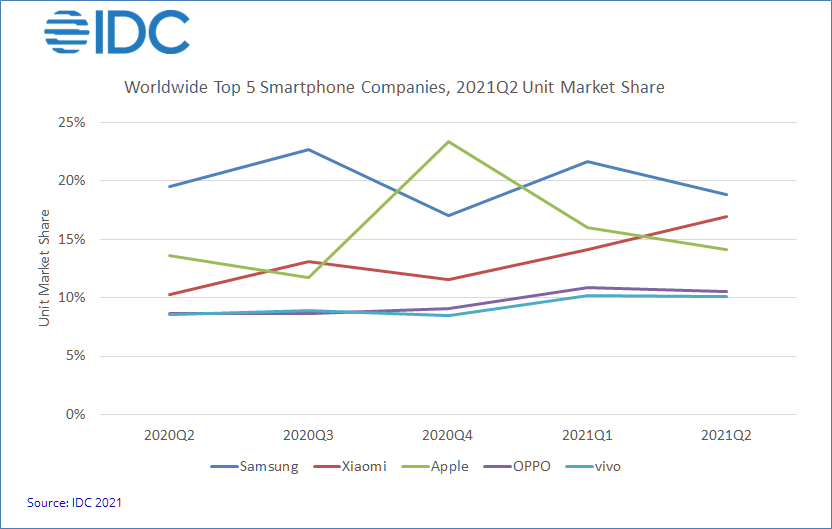
According to IDC, despite all the challenges, the global smartphone market grew by 13.2% in the second quarter of 2021. While users refrained from buying new smartphones in the early-pandemic stage, the fear lessened in 2021.
Hence, brands with enough capital kept going and supplying, and those that couldn’t hold out collapsed. Old players like Sony, HTC, and ASUS have gone down by several leagues within the past few years. Although, the pandemic isn’t entirely responsible for the downfall of these companies; they were already struggling against the competition. Likewise, the current scenario is a realistic representation of the survival of the fittest.
According to the Q3 reports by Canalys, Xiaomi topped the Indian smartphone market share in the third quarter of 2021. “In Q3 2021, global smartphone shipments fell 6 percent, as vendors struggled to meet the demand for devices amid component shortages,” the report said.
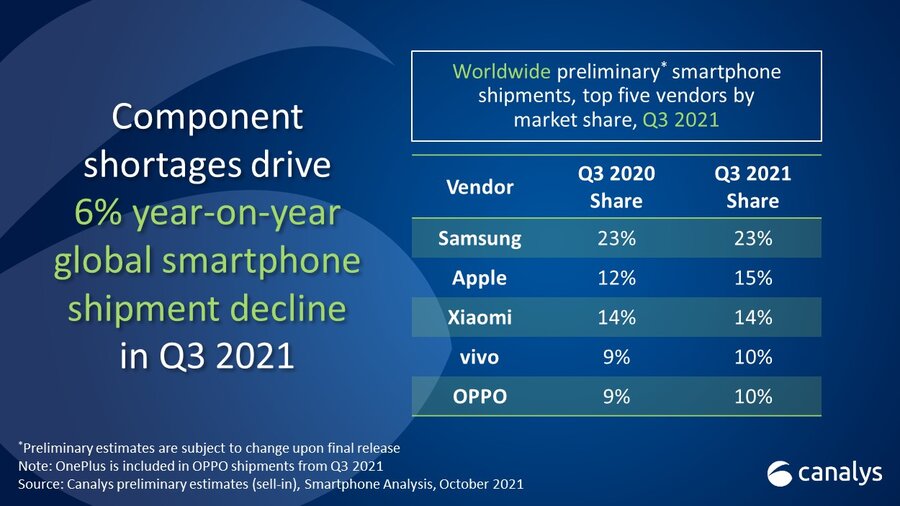
“The chipset famine has truly arrived.”
Ben Stanton, Canalys Principal Analyst.
That said, Q4 2021 is going to be no different than the past year or so. The chip shortage has taken a significant hit on the entire market, and we’re here to see it in full wrath.
The phone market flood
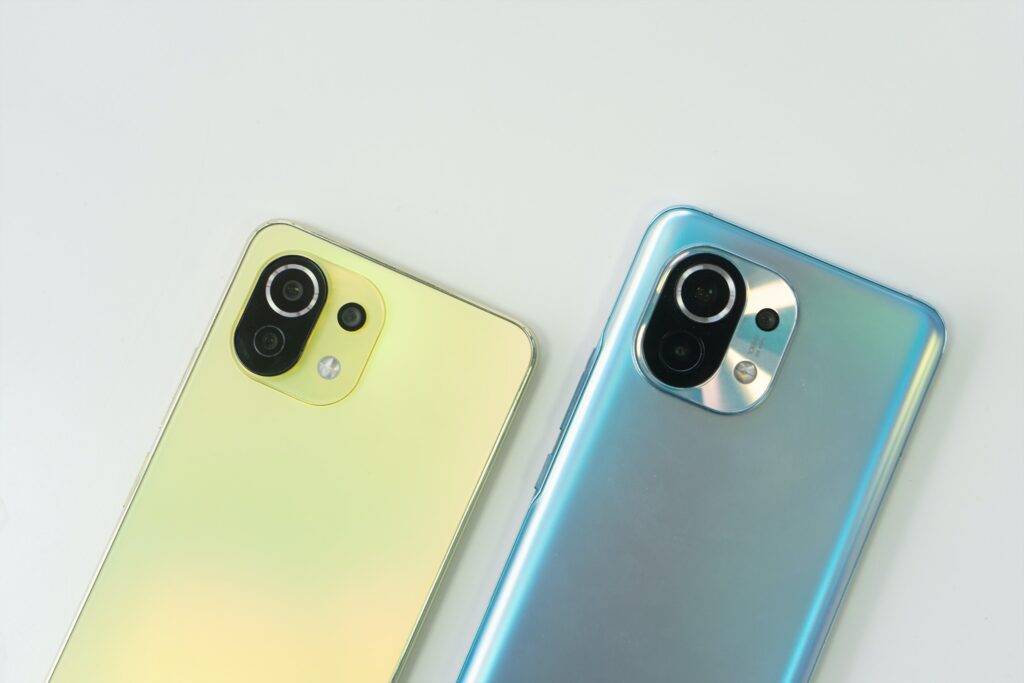
With the changed scenario of brand dominance, OEMs are leveraging their authority to flood the market. The prime examples of brands doing the same are Xiaomi and all BBK-owned brands. Every smartphone model in any price segment has at least three variants. You can figuratively find the Pros, the Maxes, and the Pro Maxes in any model.
But what good is it? Well, they’re making sure that they have a device for each customer with any given budget, even if it differs by $50.
Personally, I had been looking out to replace my three-year-old OnePlus 5T with something equivalent to the current generation. I failed. It took me 6 months to finally switch to a Samsung Galaxy S20 FE (which is a great phone, but I’m a stock Android fan) that cost me the same as my previous device.
Despite the market flood, it isn’t easy to settle for a new smartphone unless you’re willing to compromise. The “real flagships” have hiked prices thanks to inflation. Gone are the days when you could spend $600 and get a worthy device.
Innovation and the next generation of smartphones
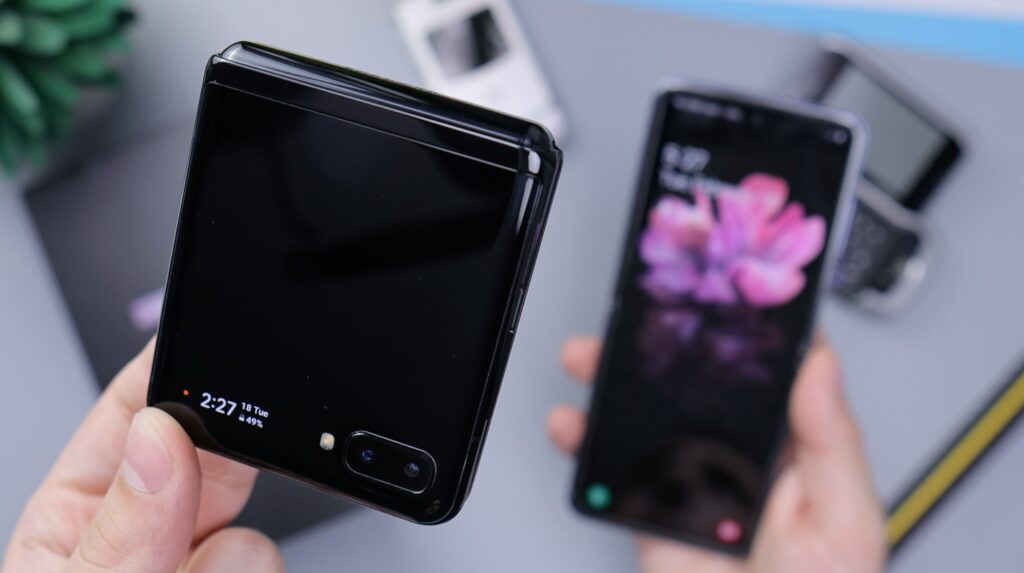
We’ve come a long way since smartphones arrived. From phones with mediocre specifications that cost as much as today’s flagships, to budget and mid-rangers claiming to be flagship killers.
Ever since companies like Xiaomi and other BBK-owned brands like realme and OnePlus arrived, the market got properly divided into three segments – budget, mid-range, and flagship. Samsung progressed severely with its Note series that had the unique S-Pen feature. The evolution process became stagnant after all brands started copying each other.
Coming to the power, Qualcomm had the monopoly sorted as most phone brands relied on its Snapdragon SoCs. As the smartphone market evolved, Qualcomm hopped on the train. There’s a series of Snapdragon processors for every phone in any segment. However, brands like Samsung and Apple kept on using their own chips for their flagships.
In my opinion, Samsung has come a long way in terms of power, software, and reliability. If I look back 10 years, Samsung was all over the place with its Touchwiz and the Samsung Experience software. They were yet another skinned Android OSes but had major issues in many departments. With One UI, the company is headed in the right direction.
Now, in 2021, more and more brands are choosing to not rely on Qualcomm for their chips. Likewise, Google made the bold move with building its custom Tensor chip for the Pixel 6 series. I think that it’s a move in the right direction yet again.
Tensor is not about beating Qualcomm’s SoCs in terms of raw power but letting Google do what they do best in its smartphones without any limitations. Google’s AI-powered camera processing game is unmatched – using external Snapdragon SoCs limited the company from improving the camera processing to its full extent. If more brands focus on what they do best, there’s enough room for innovation for everyone.
Coming to the fancy part, more brands are focusing on foldable, rollable, and flippable screens. Foldable smartphones (yes, where the display bends) are now a reality, and the technology is evolving rapidly.
Prime examples of the same are Samsung’s Galaxy Z Flip3 and Fold3, Moto’s half-baked attempt with Moto Razr, and more. It’s high time that we see new technologies implemented into phones, and the race has begun. I mean, who thought you could do a 100x zoom to view the moon using your phone’s camera? The near future looks exciting.
Conclusion
To sum up, we’ve come a long way from the initial smartphone era. There’s a ton of brands competing with each other, and getting better by the day. The smartphone market took a huge hit due to the pandemic, but the world is indeed recovering from it.
Moreover, some brands are trying to skim off features, but competition is healthy, isn’t it? Although, it doesn’t look good for the users. Users with limited knowledge of the smartphones trends could easily be confused by the plethora of choices while buying a phone and may end up not buying the “best” one.
The war between the operating systems lives on to see another era but isn’t all about fanbases fighting each other anymore. The technology used in all our phones is evolving, and I can’t wait to see it.
"Smartphone" - Google News
November 28, 2021 at 11:30AM
https://ift.tt/317UIvR
This Is The State Of The Smartphone Market In 2021 - Fossbytes
"Smartphone" - Google News
https://ift.tt/2QXWyGT
https://ift.tt/2KSW0PQ
Bagikan Berita Ini














0 Response to "This Is The State Of The Smartphone Market In 2021 - Fossbytes"
Post a Comment